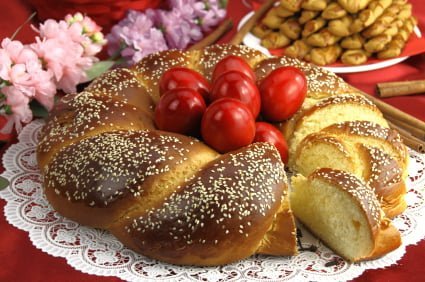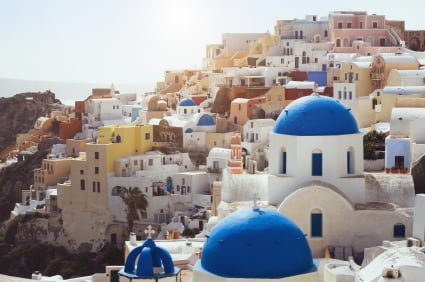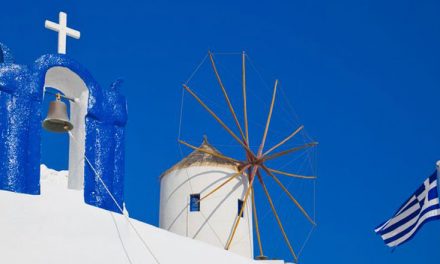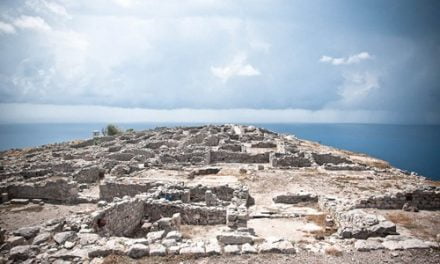Easter Sunday is the holiest of holidays in Greece. The Eastern Orthodox Church uses the Julian calendar when calculating Easter and that is why it does not fall on the same day as it would for the rest of the world. Besides being a great holiday, Easter also marks the beginning of summer in Greece so also in Santorini. Every Easter, people pack up their bags and leave for traditional villages where age old customs make Easter a truly memorable experience. Santorini happens to be among the most favorite Greek destinations to visit during Easter.
Traditionally, locals including the sick observed a strict fast from Shrove Monday – the equivalent of Ash Wednesday right until Easter Sunday. Fish could be eaten on the day of the feast of the Annunciation and on Palm Sunday and the use of oil was limited restricting it to the diet of the sick and completely avoiding it on Wednesdays and Fridays.
The people of the island observed Lazarus Sunday dedicated to Lazarus’ resurrection where they prepared feverishly in the construction of Lazarus specially made for that day. The women collected flowers and the men gathered rosemary from rocky areas. The carpenters of the island made masts that were as high as 15-20 m and local seamen piled up ropes to fasten Lazarus. Using the masts, they formed a cross that was covered with the rosemary and decorated with the flowers. In the afternoon all the locals gathered at the square where the construction was exhibited. It was usually displayed up to Holy Saturday and then deprived of its ornaments after which it continued being open to public view till the Assumption Day. The custom continues even today at the church of the Virgin Mary in Megalo Chorio.

Easter sweet bread with red eggs
Food is probably the center of all the festivities and everyone enjoys traditional food here in Santorini. Preparations start at the crack of dawn where the women make mouthwatering pastries like “feskoulies” made of leaven stuffed with chards, eggs, fresh cheese and dill, cheese pies made with saffron, cinnamon kneaded with eggs, fresh goat’s milk cheese and flour or semolina, the “tsourekia” Easter brioches made with sweet dough, wine biscuits and “melitinia” which is the most famous Easter speciality of the island.
There are many other sights that make Easter in Santorini special and unique including the red garment that covers the balconies of every house during Maundy Thursday, the meeting of the two Epitaphs in the central square of Fira, the beautifully lit streets of Pyrgos on Good Friday and of course the unmistakable spirit of celebration that fills the people of the island.







